Frequently Purchased Together

- Our most popular kit for the Science Fair
- Includes easy-to-make nutrient agar
- Step-by-step scientific method Activity Guide
You Can Smell a Good Science Fair Project a Block Away
Learn About Germs With a Bacteria Growing Kit
Creating an all-inclusive science experiment kit can be difficult. The project has to be simple enough for young scientists to be able to fully grasp it, yet the experiment needs to have the potential to be taken to the next level. As a parent or teacher, you want learning to be creative, interesting and, of course, age-appropriate. We’ve taken all of these factors into consideration with the development of our Bacteria Growing Kit. It’s no wonder this bacteria kit is hugely popular with science-savvy parents everywhere. Especially in today’s world, your kids have probably heard that bacteria can cause them to get sick when they’re exposed to it. Now, they can actually see bacteria develop for themselves in a fun and safe way using the power of science.
It All Begins With the Easy-to-Make Nutrient Agar
The Bacteria Growing Kit uses the same nutrient agar that is used by microbiologists to grow really funky stuff in the lab. By definition, agar is a seaweed derivative. However, our nutrient agar also contains soy nutrients to help facilitate bacteria growth. Everything else you need to prepare and store your own bacteria is in our ready-to-go Bacteria Growing Kit, including cotton swabs, Petri dishes and even a microwave-safe plastic beaker. All that’s left to do is design your bacteria kit science experiment to your liking. Don’t worry, we’ll help give you some ideas for that, too.
Bacteria Science: What Does a Petri Dish Kit Teach?
Our Bacteria Growing Kit science experiment allows young students to observe bacteria as it grows in a petri dish. This petri dish kit also offers a way for older students to explore the subject of bacteria growth overall, including what it looks like, its growth duration and how it develops over time. With out bacteria science kit, young scientists will develop an understanding of the scientific method while learning some awesome (and disgusting) science. We’ve included an activity guide in this bacteria kit, as well as some gross science facts to amuse everyone with. Your child is guaranteed to get a kick out of the next science fair with our Bacteria Growing Kit from Steve Spangler Science.
Grow Your Way Towards Science Fair Success
If you want to do a science fair project about germs, you have to add a variable, something that changes in the experiment. We have ideas below that can help you turn your bacteria science kit into a science fair success!
Great for at Home or the Classroom
Our Bacteria Growing Kit is a fun experiment that children can create in a classroom setting or at home with adult supervision. Parents will love learning about how germs grow and spread with this exciting petri dish kit.
Bacteria Science: Seeing is Believing
With our bacteria science kit, children have the opportunity to see bacteria take shape and grow before their very eyes. They can create and witness how germs develop and grow from the safety of science equipment.
What’s Included?
- Bacteria Growing Kit
- 6 large, 10 cm (3.5″) diameter Petri Dishes
- 6 cotton swabs
- 5 g (0.17 oz) of Nutrient Agar
- 600 mL Plastic Beaker
- Activity Guide
Bacteria Growing Kit Frequently Asked Questions
Is the Bacteria Growing Kit dangerous?
You are growing bacteria, and bacteria is not something that you really want around. Always keep your lids and safety seals on your petri dishes. You don’t want the spores to get everywhere and grow places where you don’t want them. Also, throw the safety-sealed petri dishes away in a zipper-lock bag. You don’t want to keep it because you are creating an environment for bacteria to grow, and you don’t want growth to get out of hand.
How long does it take to grow?
Our little scientists were seeing results in about 24 hours with great growth after a week. Your results will be dependent on the environment in your petri dish kit.
Is there a test for the type of bacteria?
No. The lesson here is to not really be able to identify which type of bacteria you are growing but instead to record the growth.
Is your agar made from seaweed?
Yes and no. By definition agar is a seaweed derivative. However, our nutrient agar also contains soy nutrients to help facilitate bacteria growth.
Steve Spangler Science: Twenty-Five Years of Science Fun
For nearly three decades, Steve Spangler Science has been getting kids excited about science. We have one goal: to inspire the next generation of STEMologists. Each of our all-in-one STEM science kits have that Steve Spangler Science WOW factor that kids will remember.
Science Fair Connections
Just growing bacteria in a Petri dish is not a science fair experiment. Yes, it is gross, cool and fascinating, but it doesn’t meet the requirements of a science fair project. If you want to do a science fair project about germs, you have to add a variable, or something that changes in the experiment.
With the Bacteria Growing Kit, adding an anti-bacterial hand sanitizer is a variable. Make one dish of germs and one dish of germs with a drop of the anti-bacterial sanitizer or, better yet, make three dishes–one as the control (just germs), one with an anti-bacterial sanitizer, and a third dish with another brand of anti-bacterial sanitizer. Then you can see which anti-bacterial sanitizer is more effective in killing germs. Just make sure that all three Petri dishes have germs from the same place in your home or classroom so that you know they are all exposed to the same bacteria. They also need to be grown in the same warm, dark place for the same amount of time so that the conditions are standardized as much as possible.
Growing bacteria is such a popular activity that we’ve written it up as a sample science fair project. The sample project describes the swabbing technique to collect the germs and gives you lots of helpful hints about growing bacteria. It makes suggestions about variables and gives you some ideas to make the project your own. What it doesn’t give you is the data. What fun would that be? Don’t you want to do the experiment for yourself and see what discoveries you make?
Other ways to make the Bacteria Growing Kit into a science fair project:
Examples of Independent Variables: (choose only ONE independent variable to test)
Door Knobs
Start up question – Which door knob has the most bacteria?
Variations to the independent variable: bathroom door knob, your bedroom door knob, your front door knob
Mouths
Start up question – Which mouth is the cleanest?
Variations to the independent variable: your mouth, your mom’s mouth, your teacher’s mouth, your dog’s mouth
Dental Care
Start up question – How clean does my mouth really get?
Variations to the independent variable: no brushing, brushing, brushing and mouth wash OR test different toothpastes – before brushing/after brushing with Colgate, before brushing/brushing with Crest, before brushing/brushing with Arm & Hammer, etc.
SICK Science® is a registered trademark of Steve Spangler, Inc. All Rights Reserved.
Safety Information




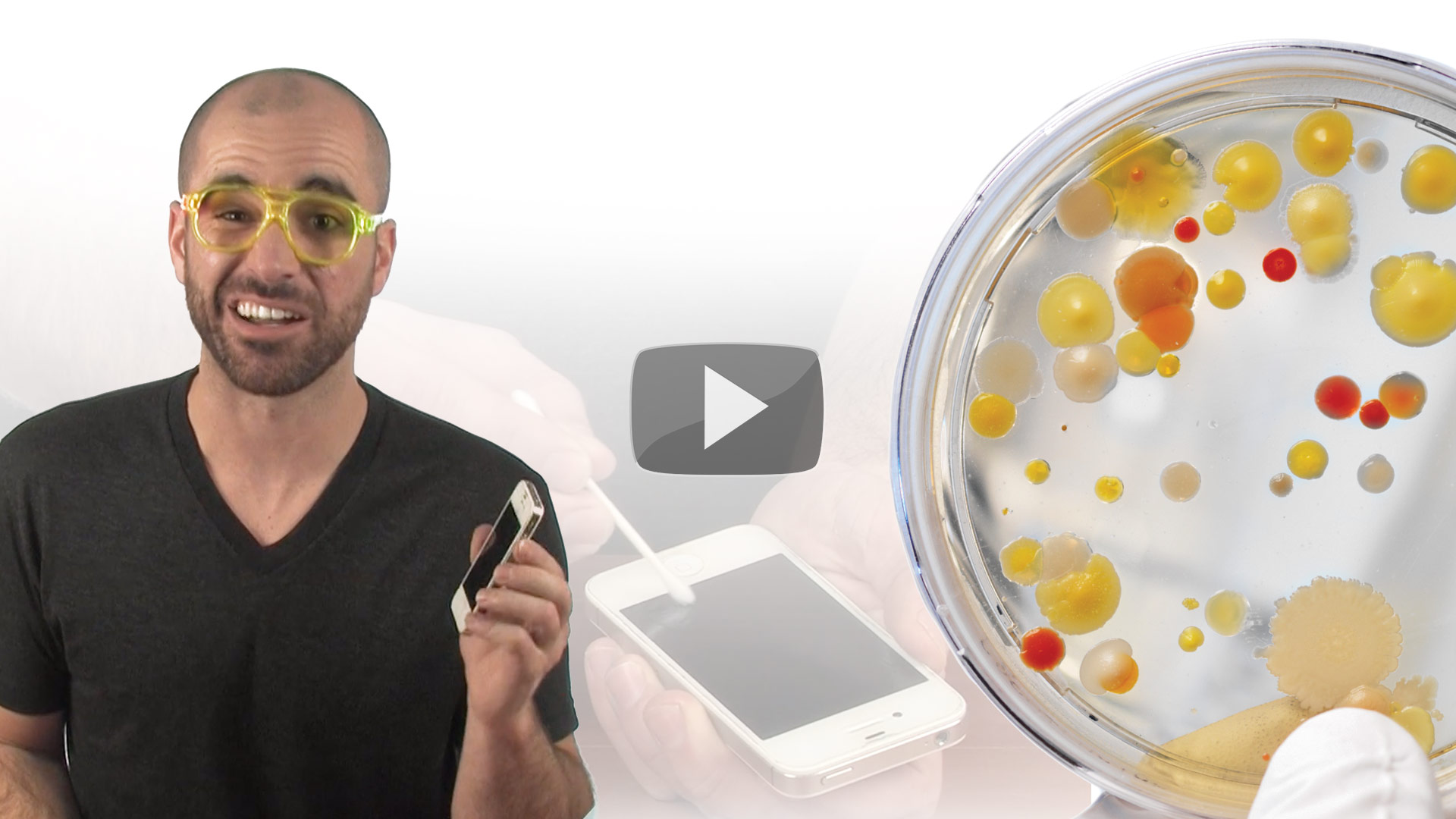

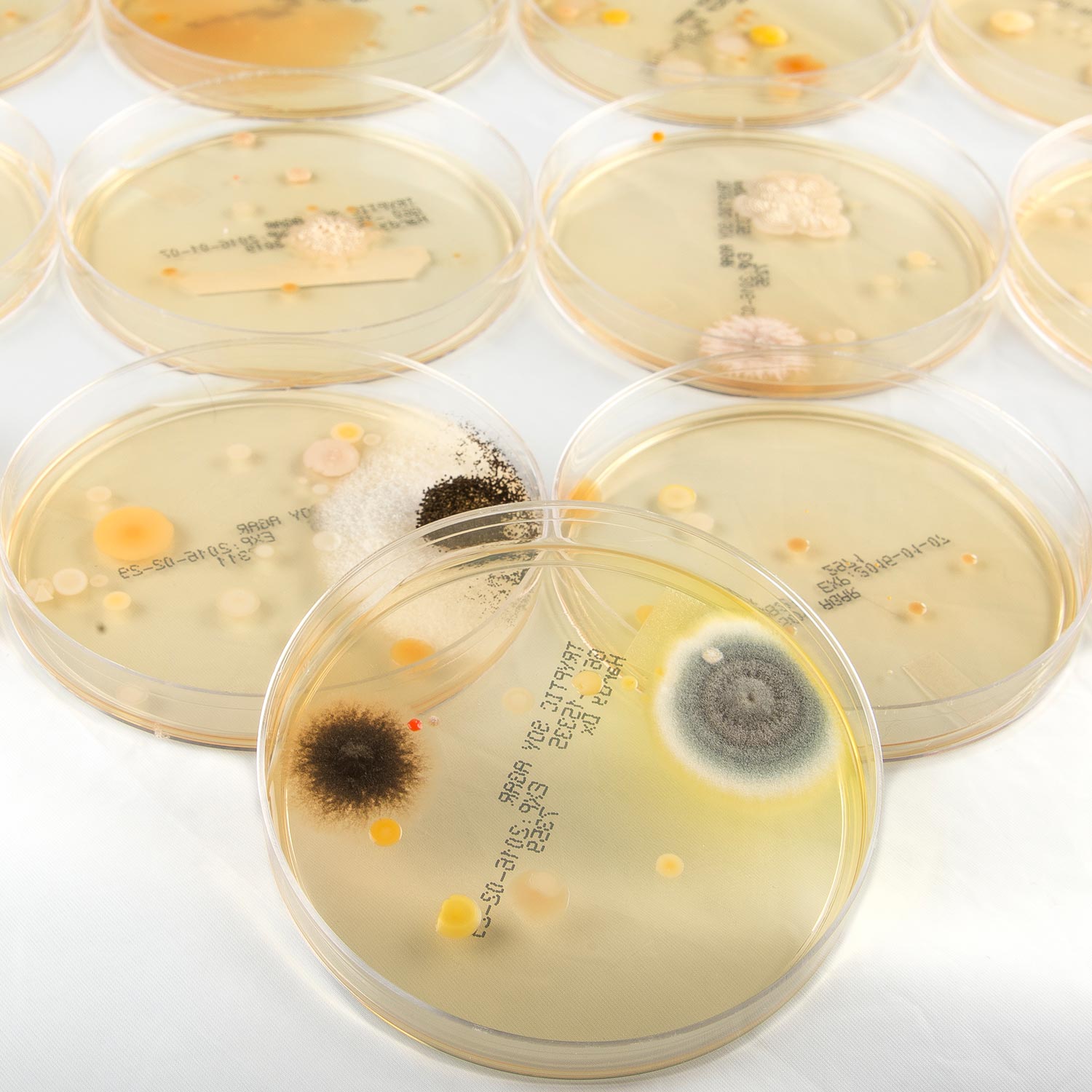
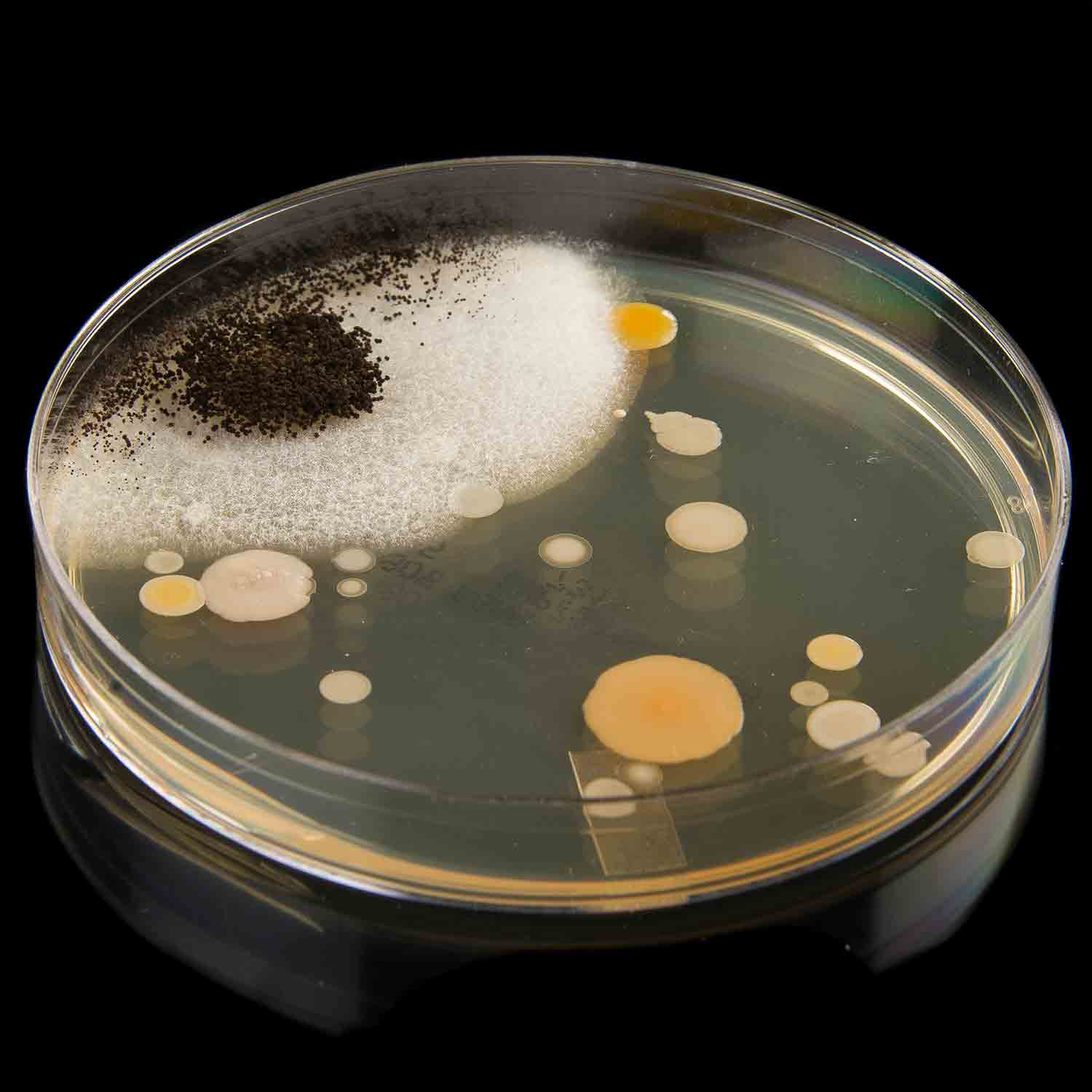
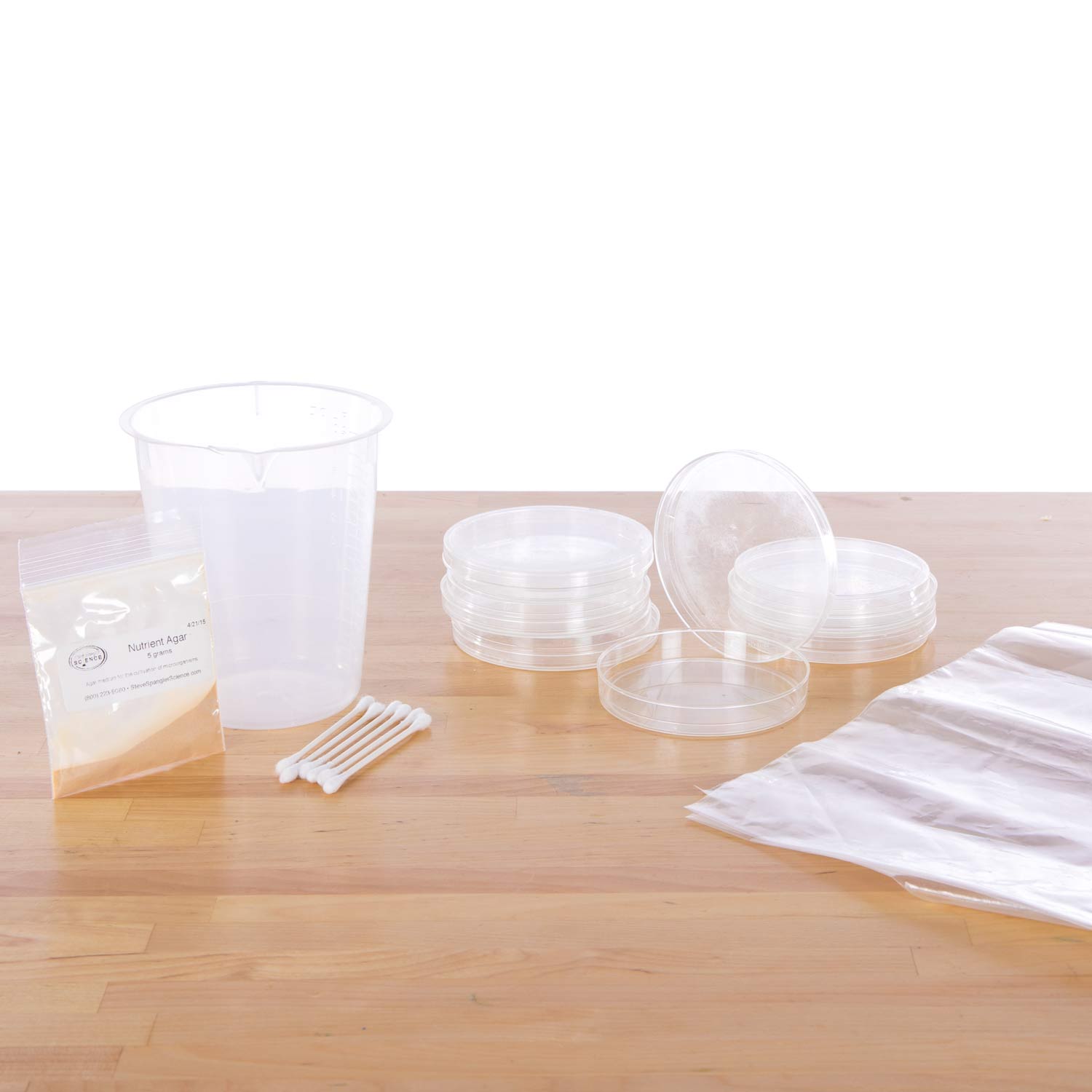
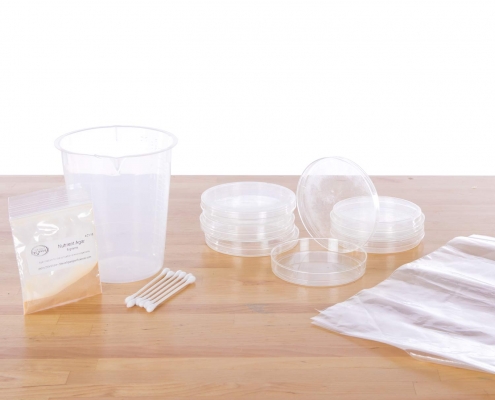
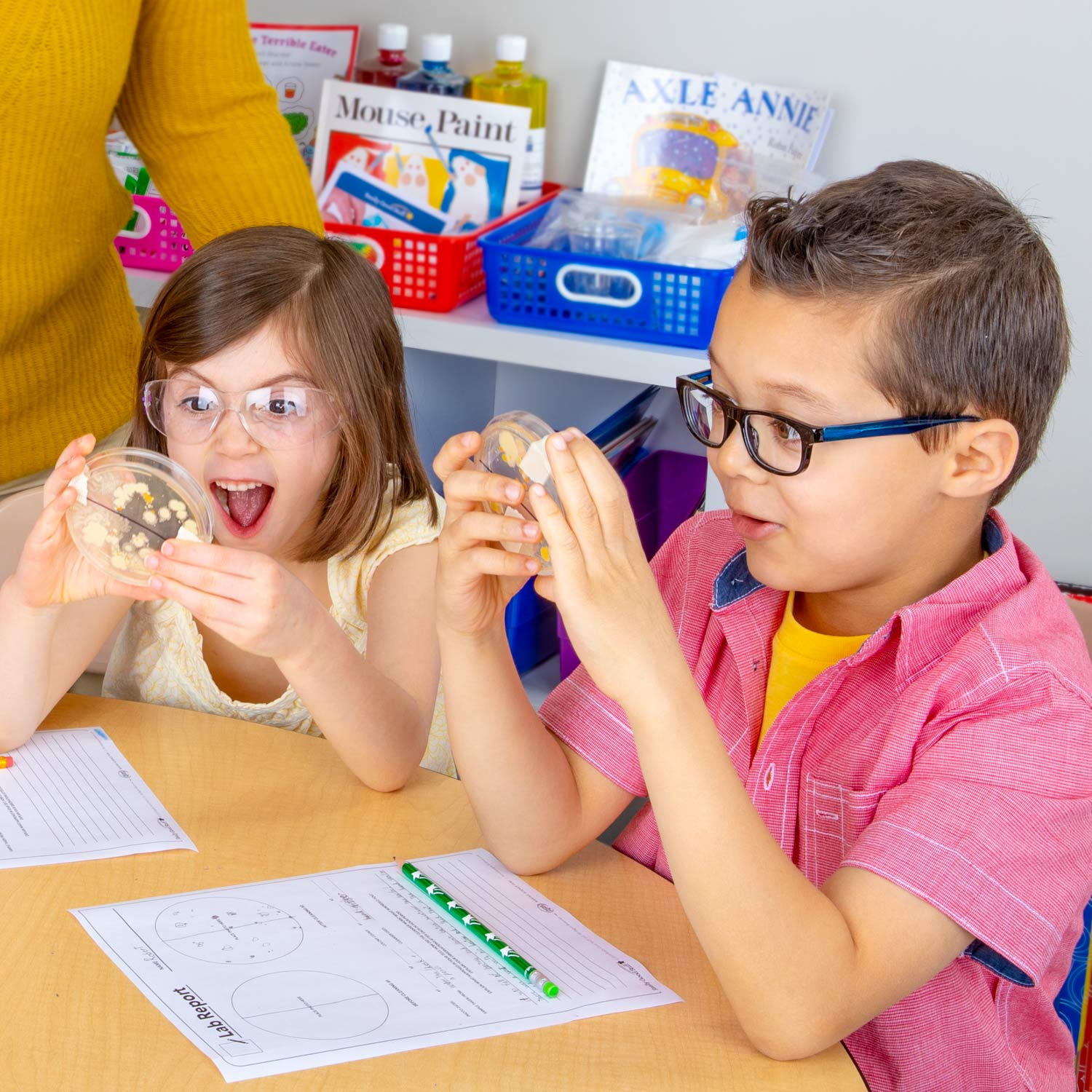
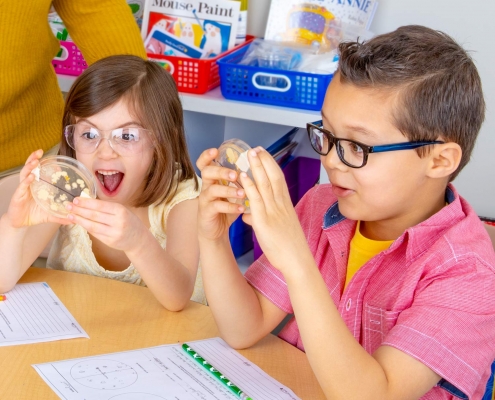
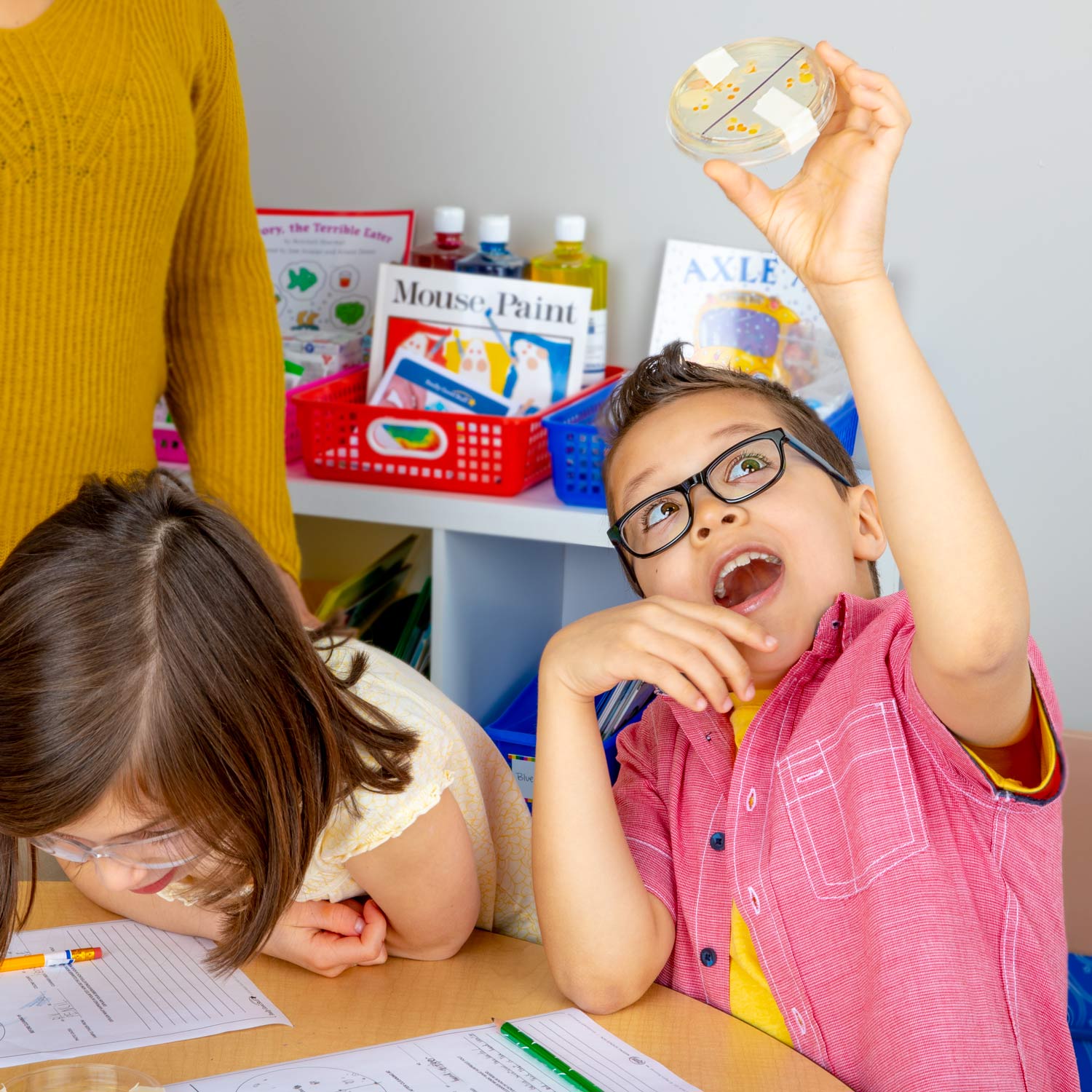
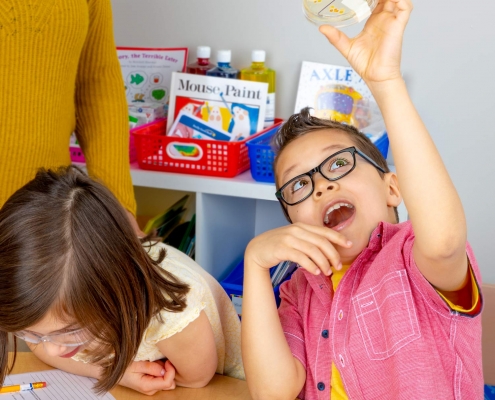
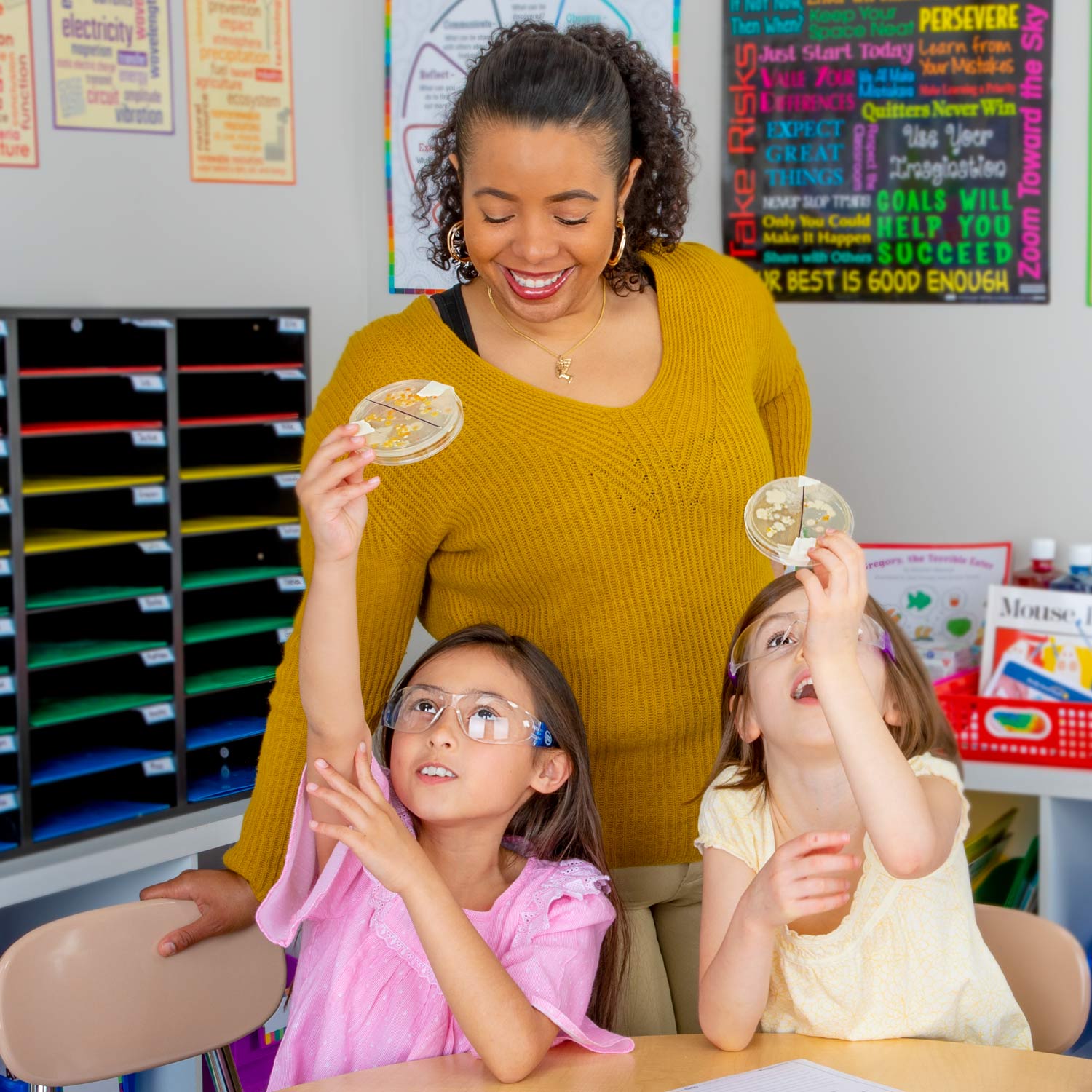
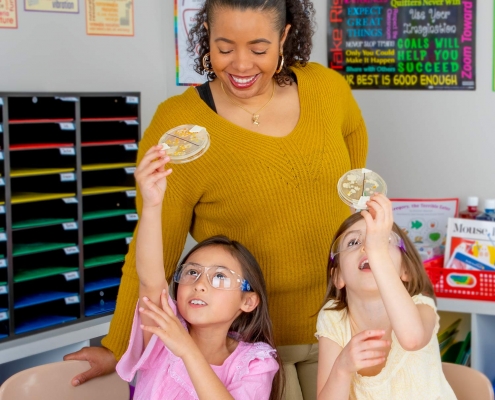
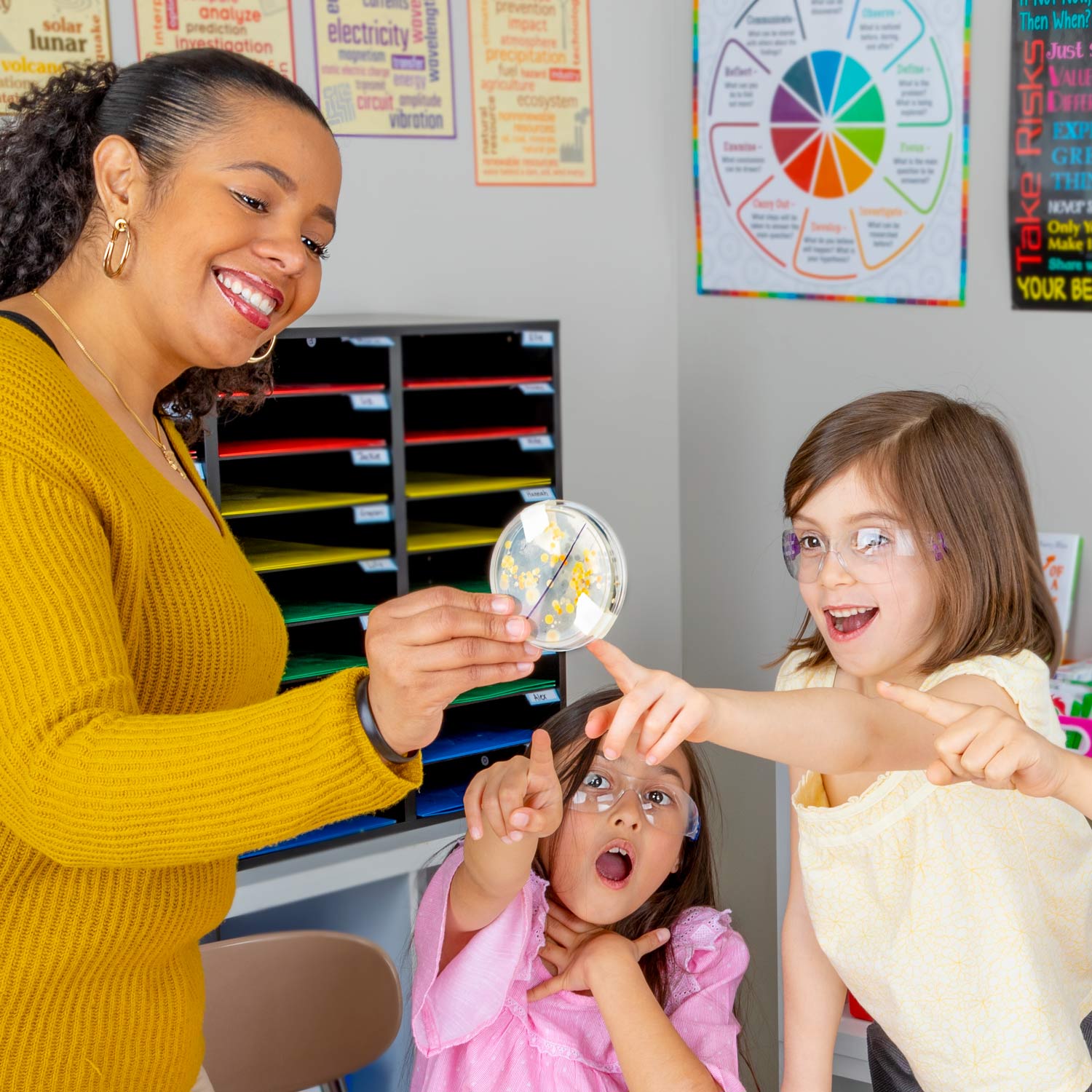
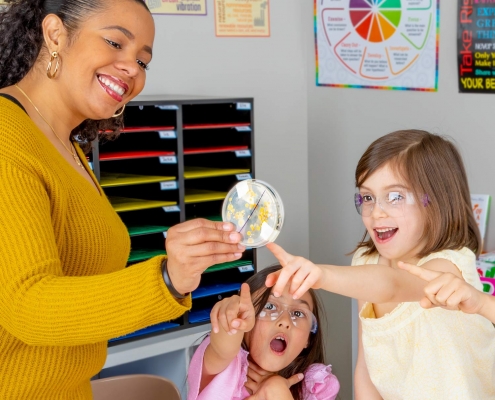
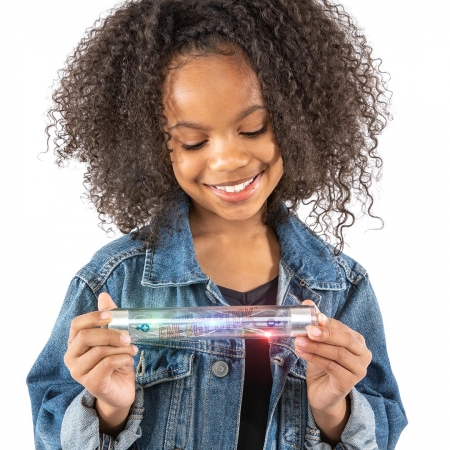
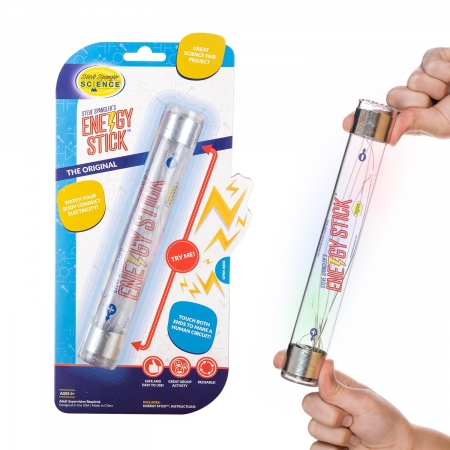
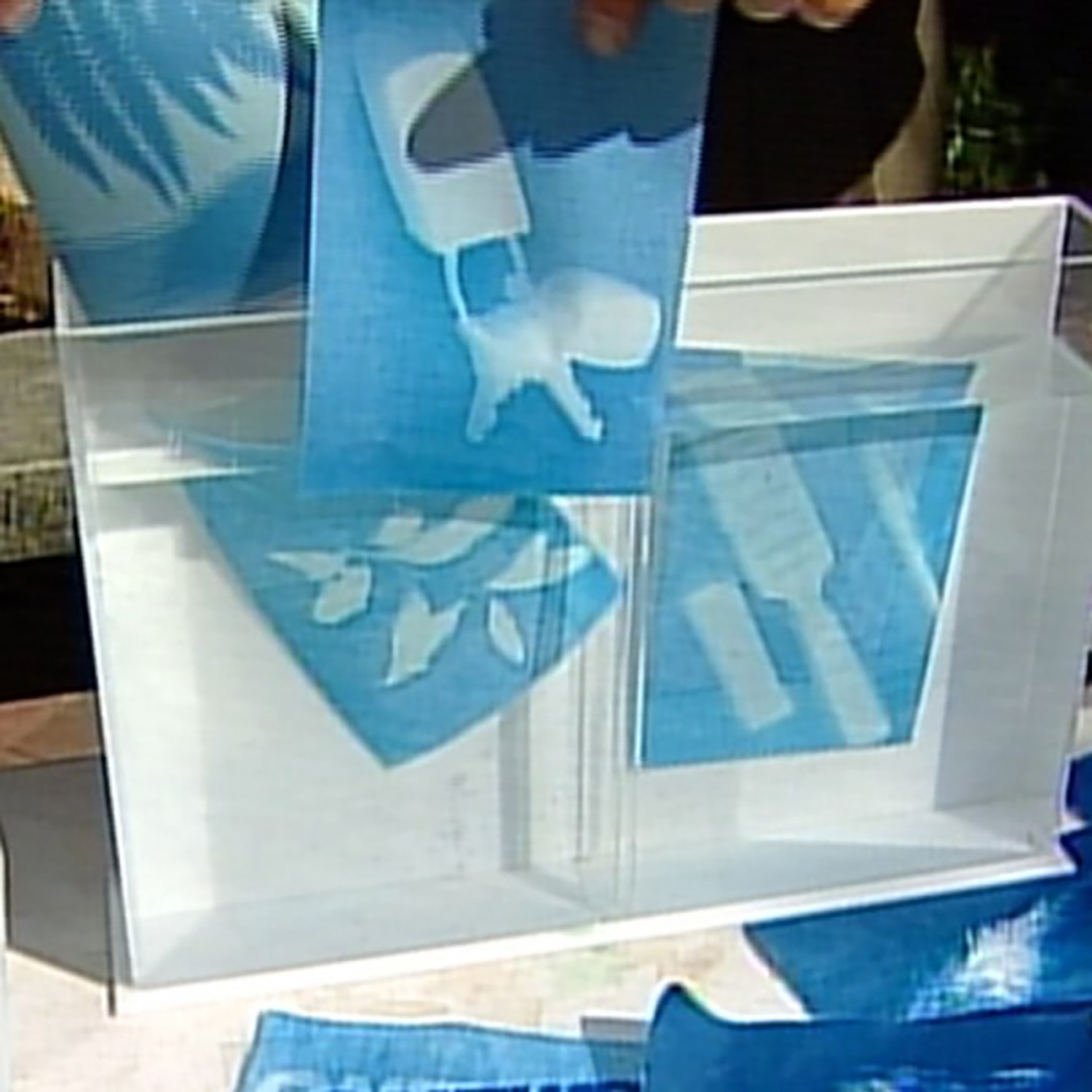
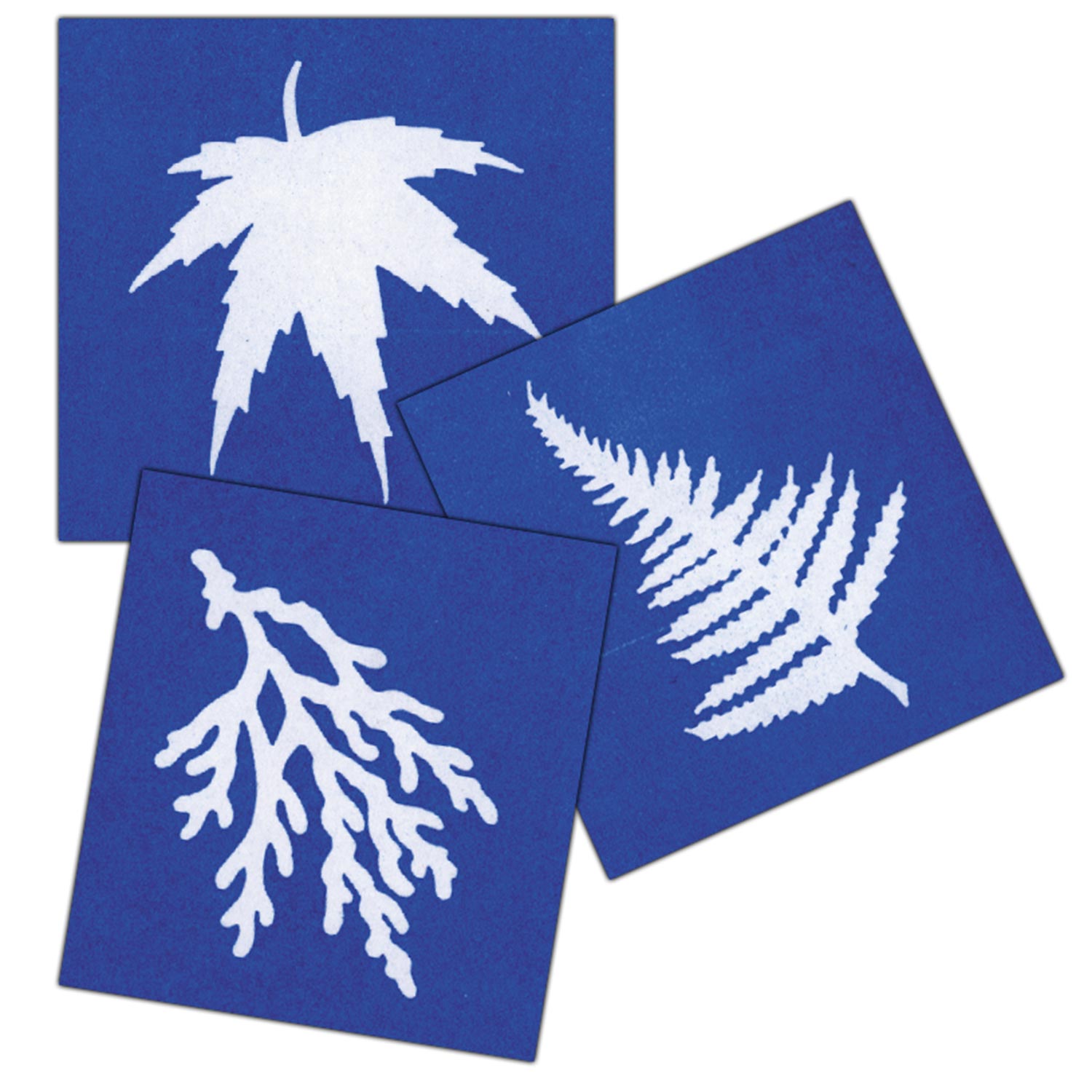
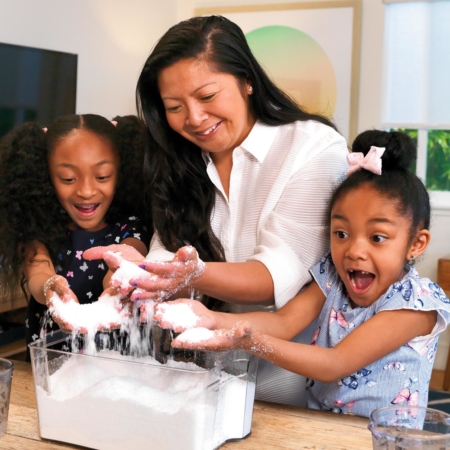
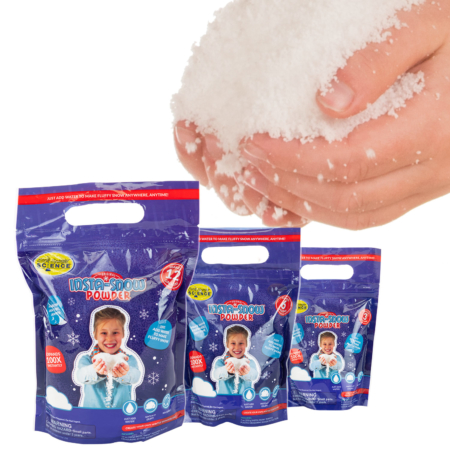
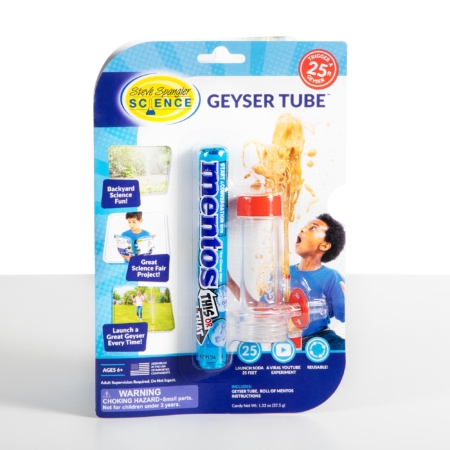
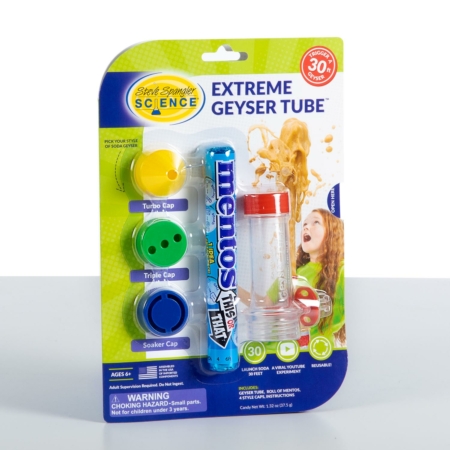
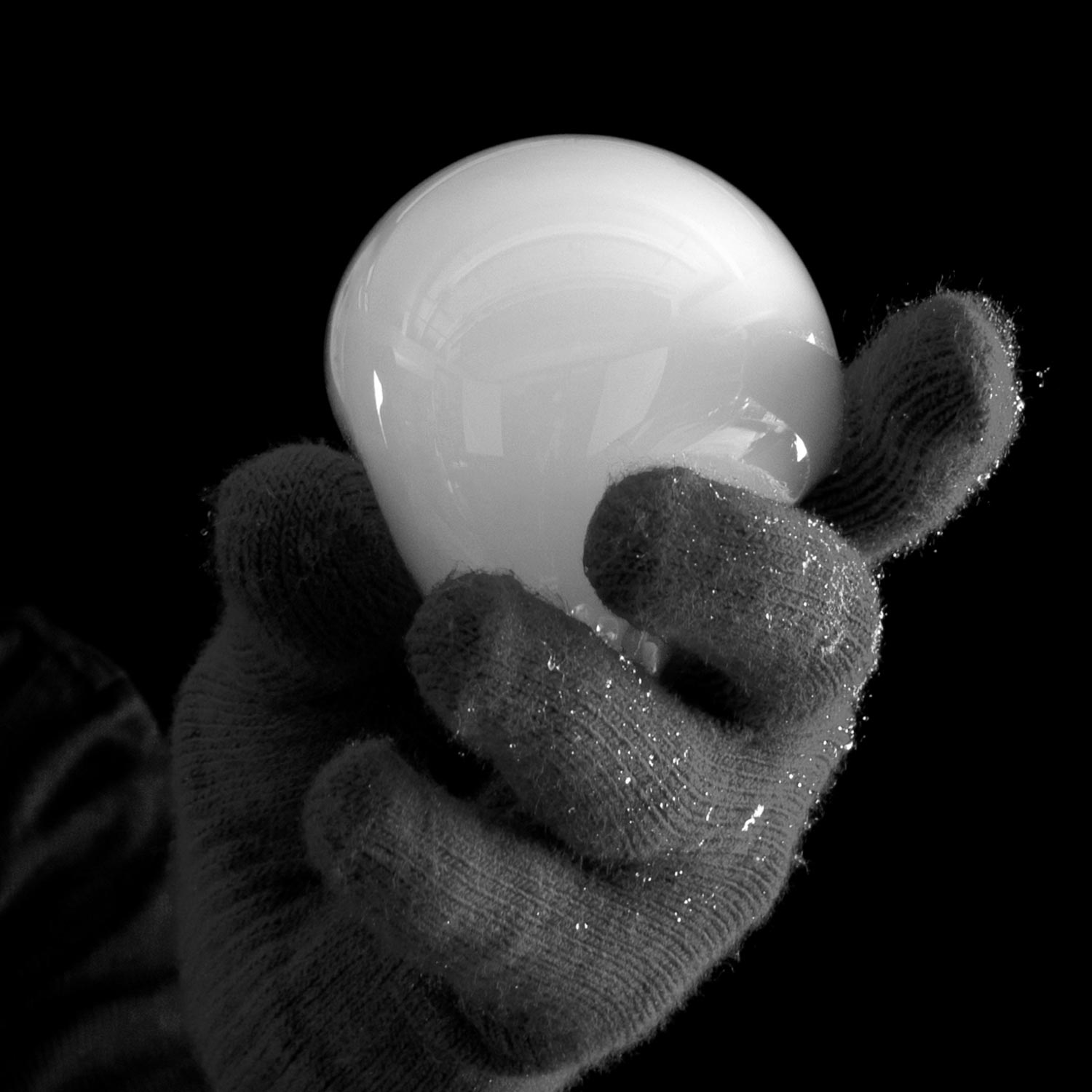
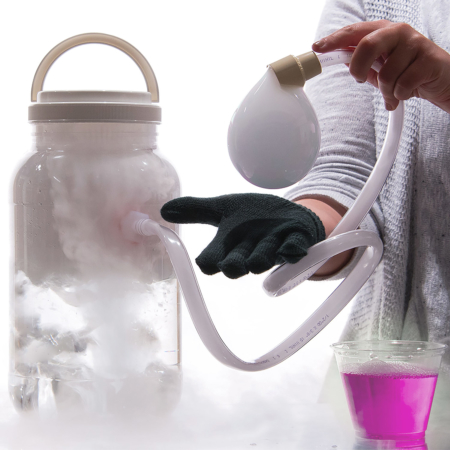
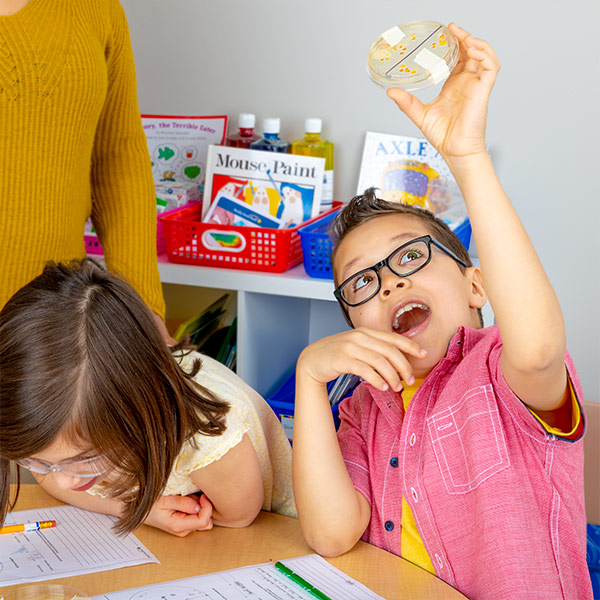
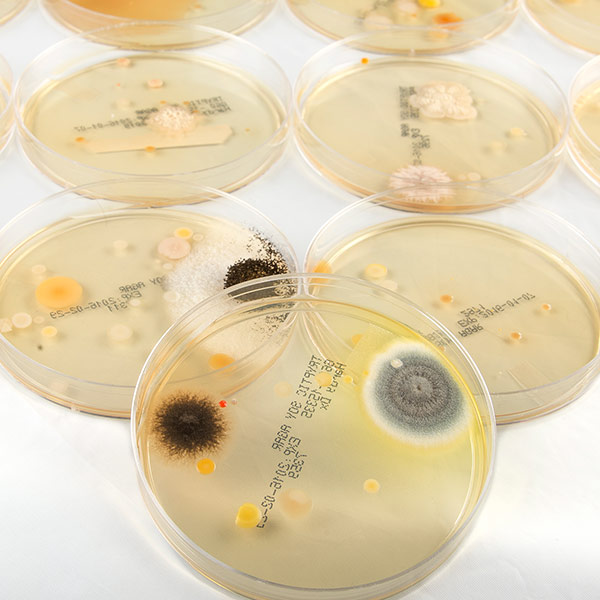
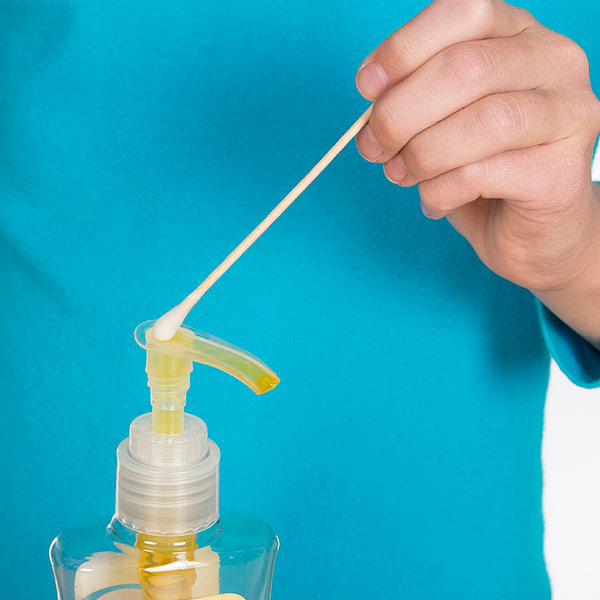
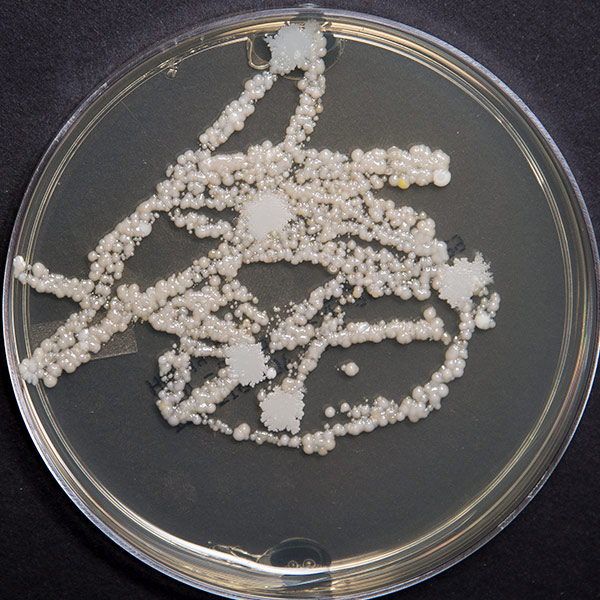

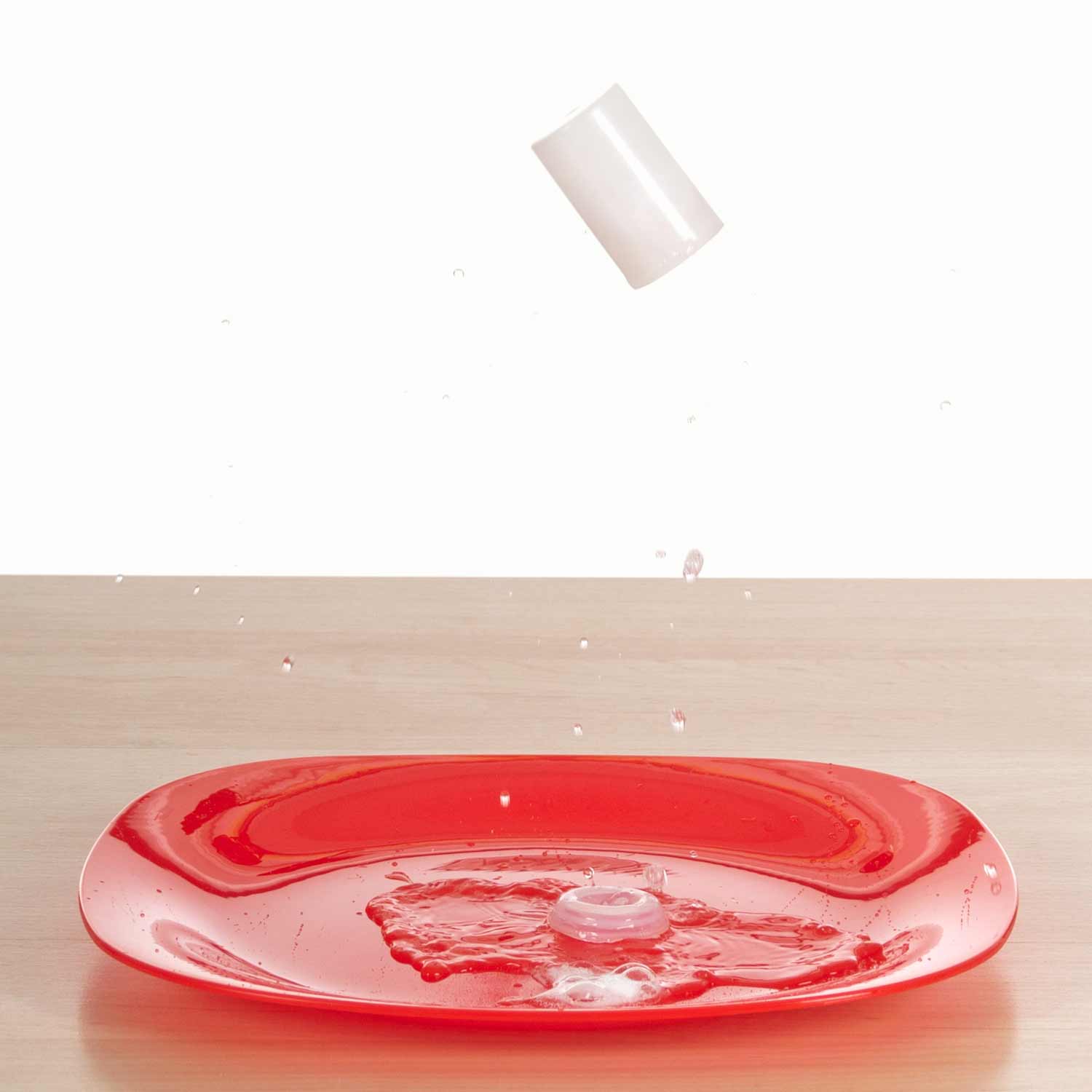
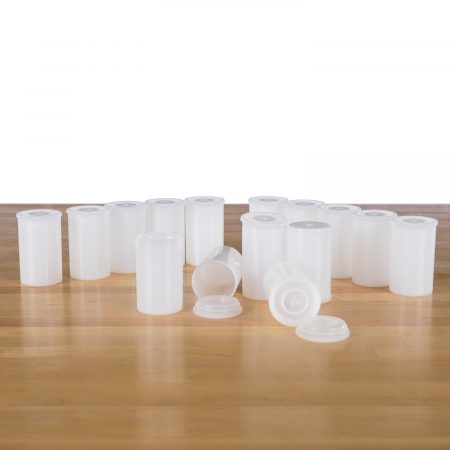
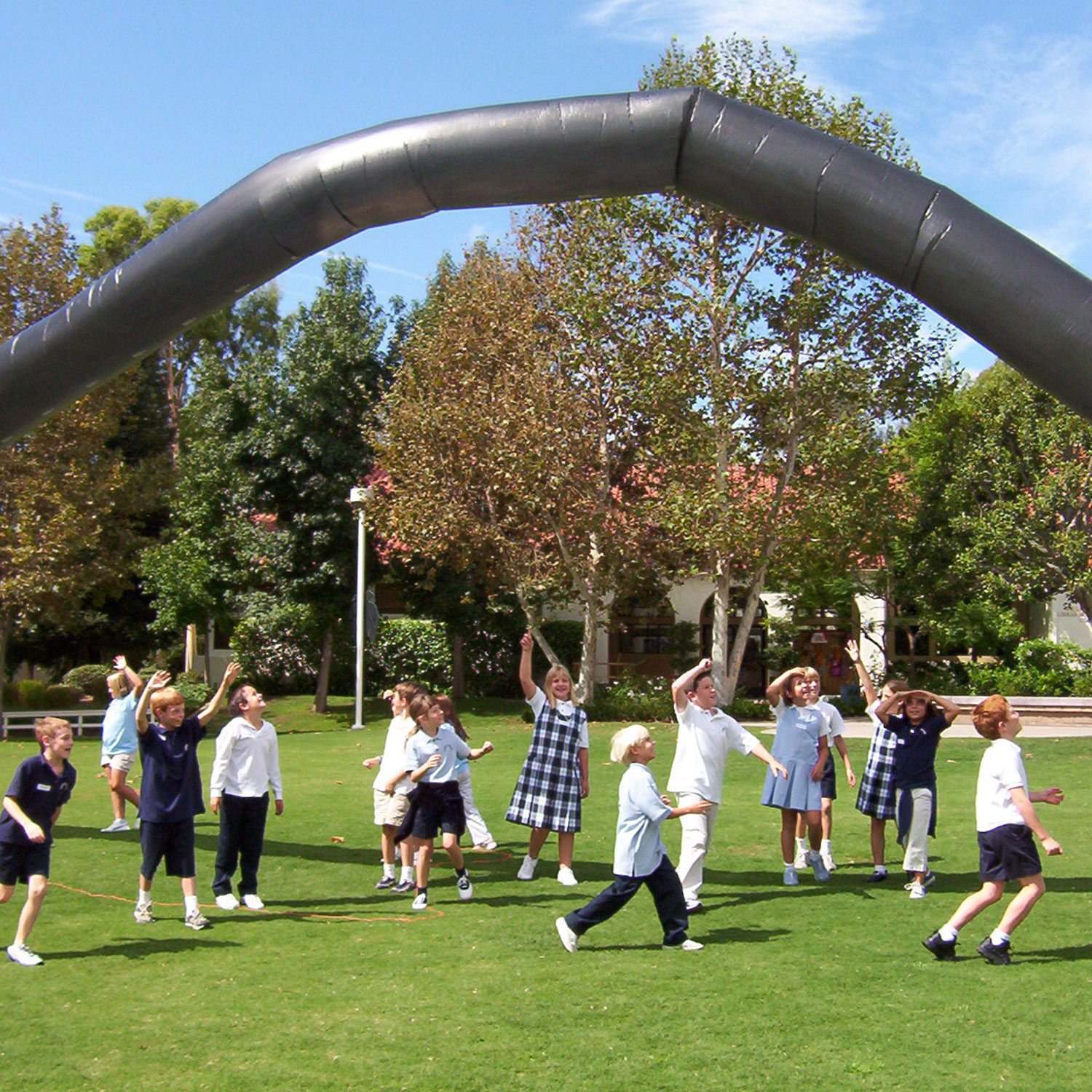
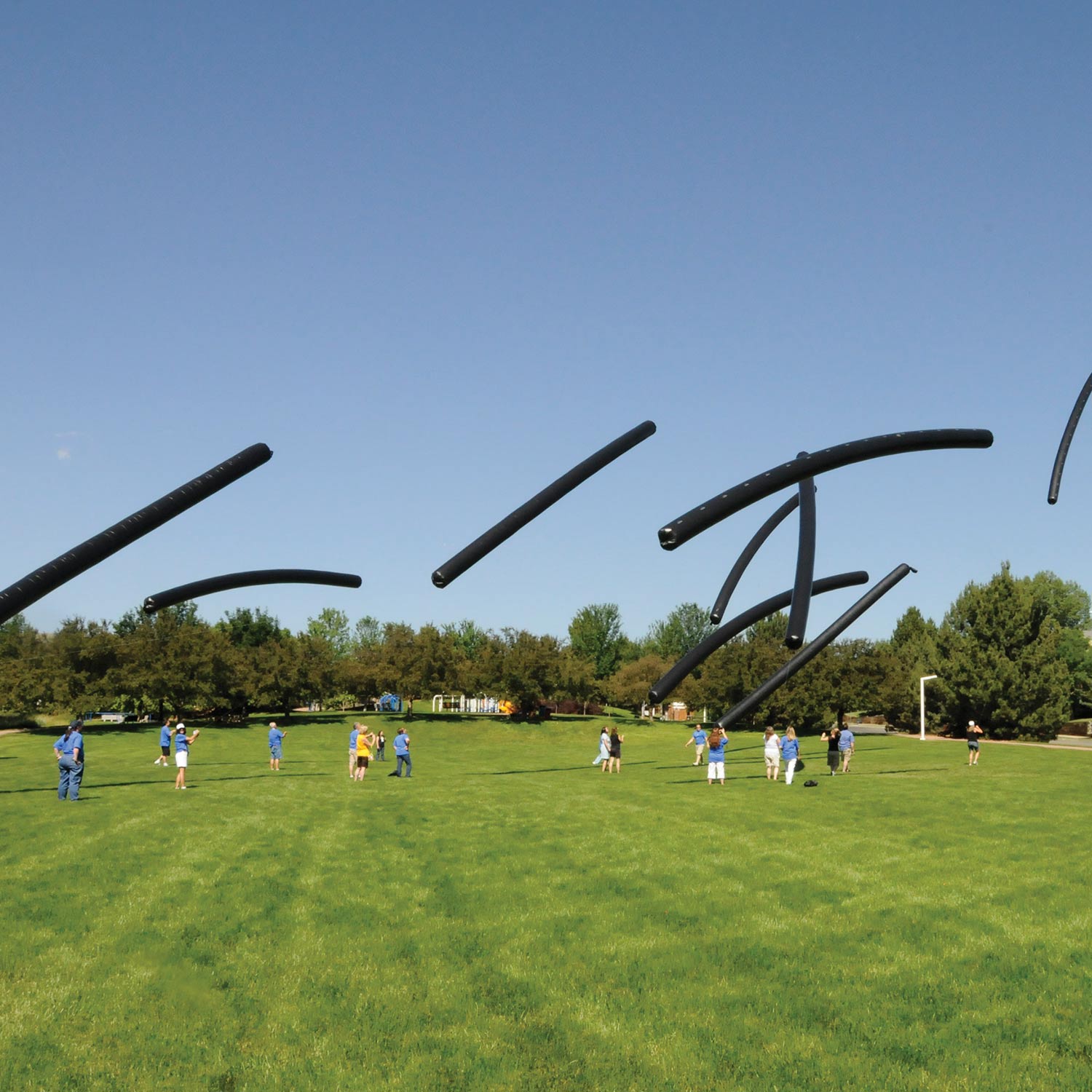
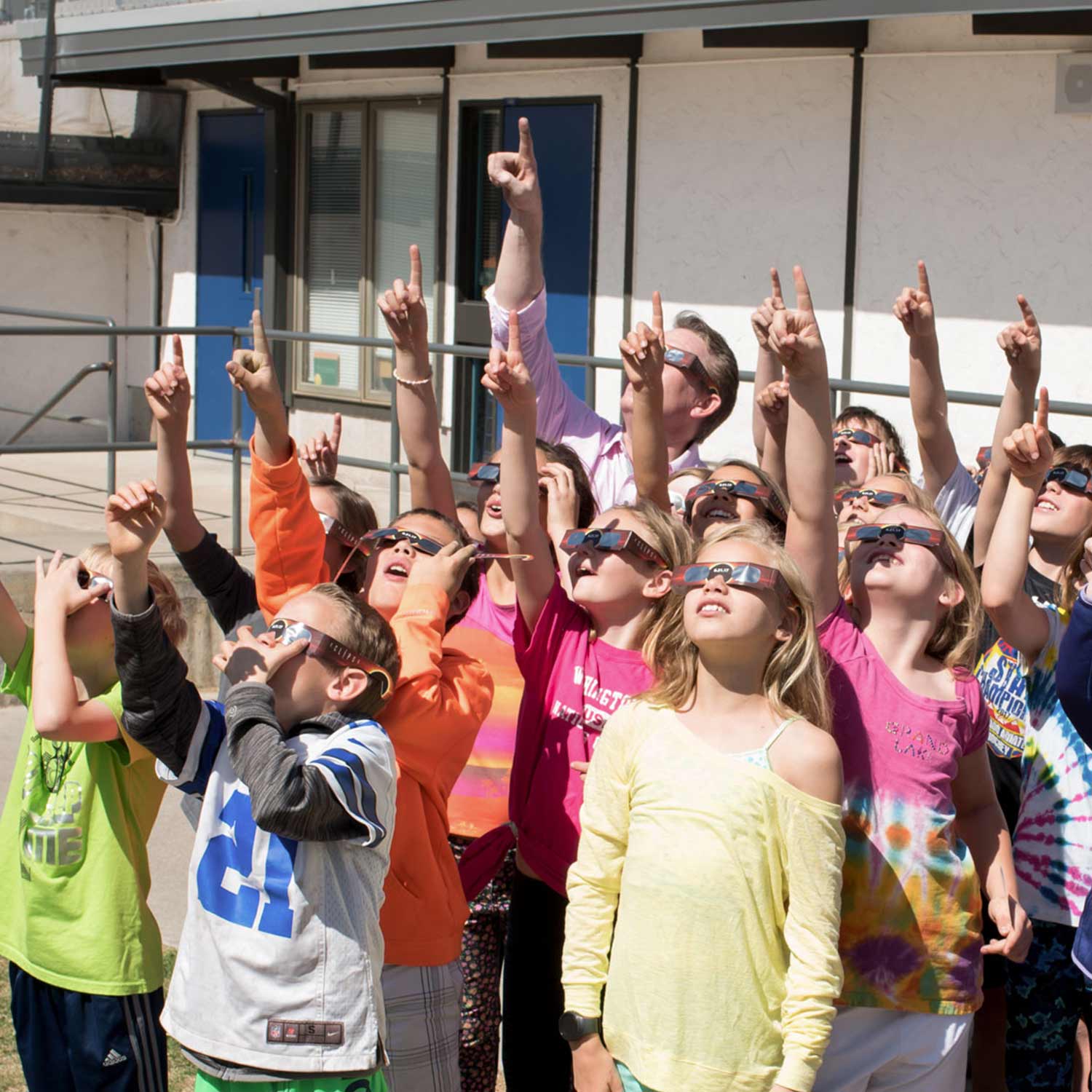
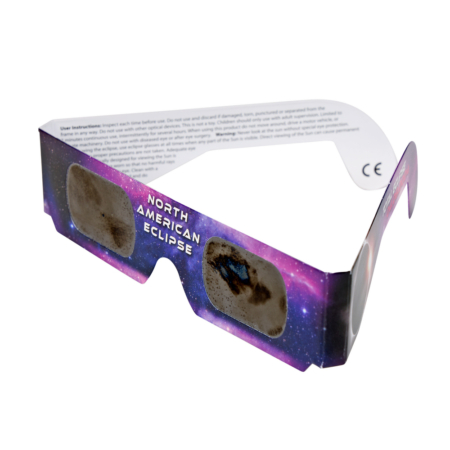


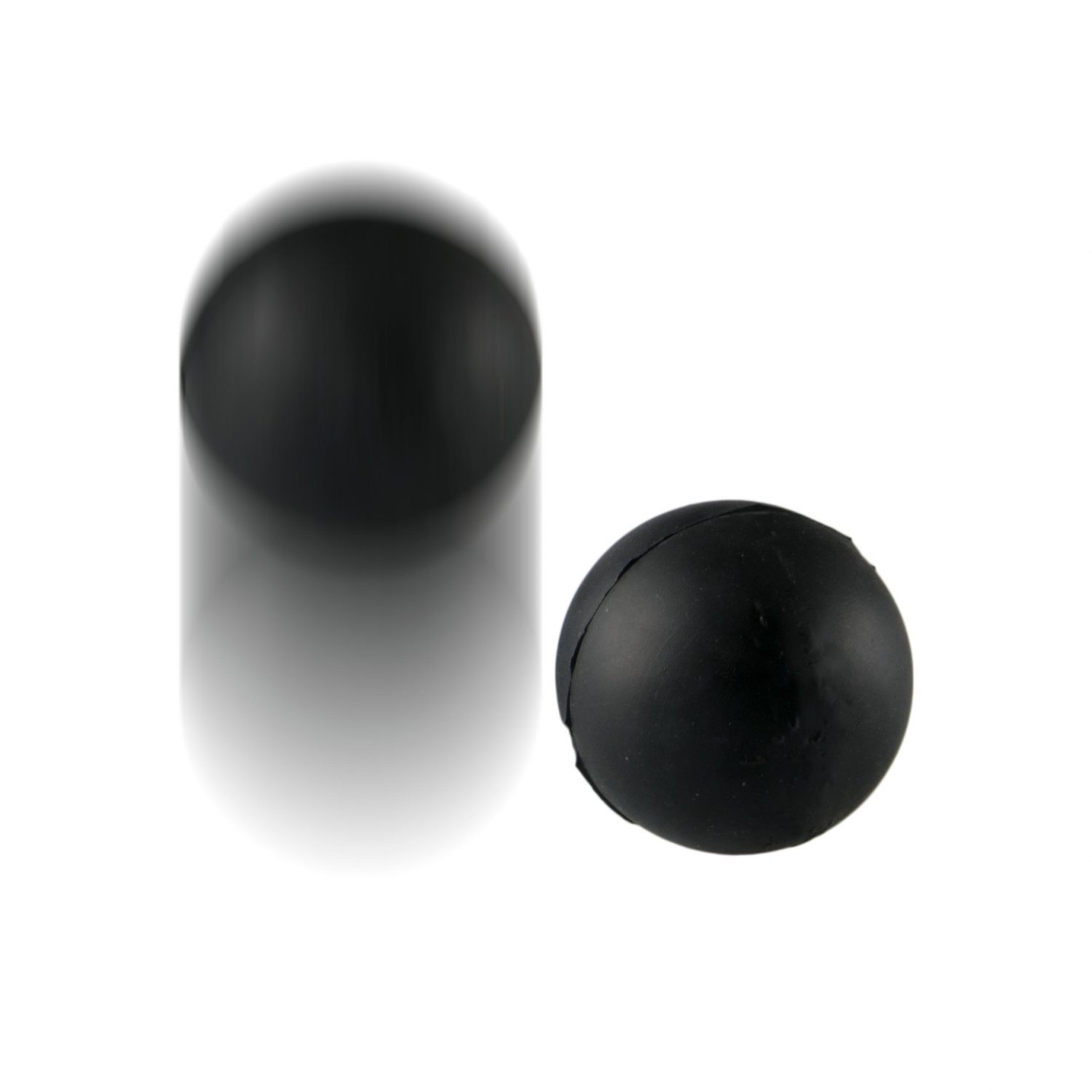
0 reviews with a 2-star rating
There are no reviews with a 2-star rating yet